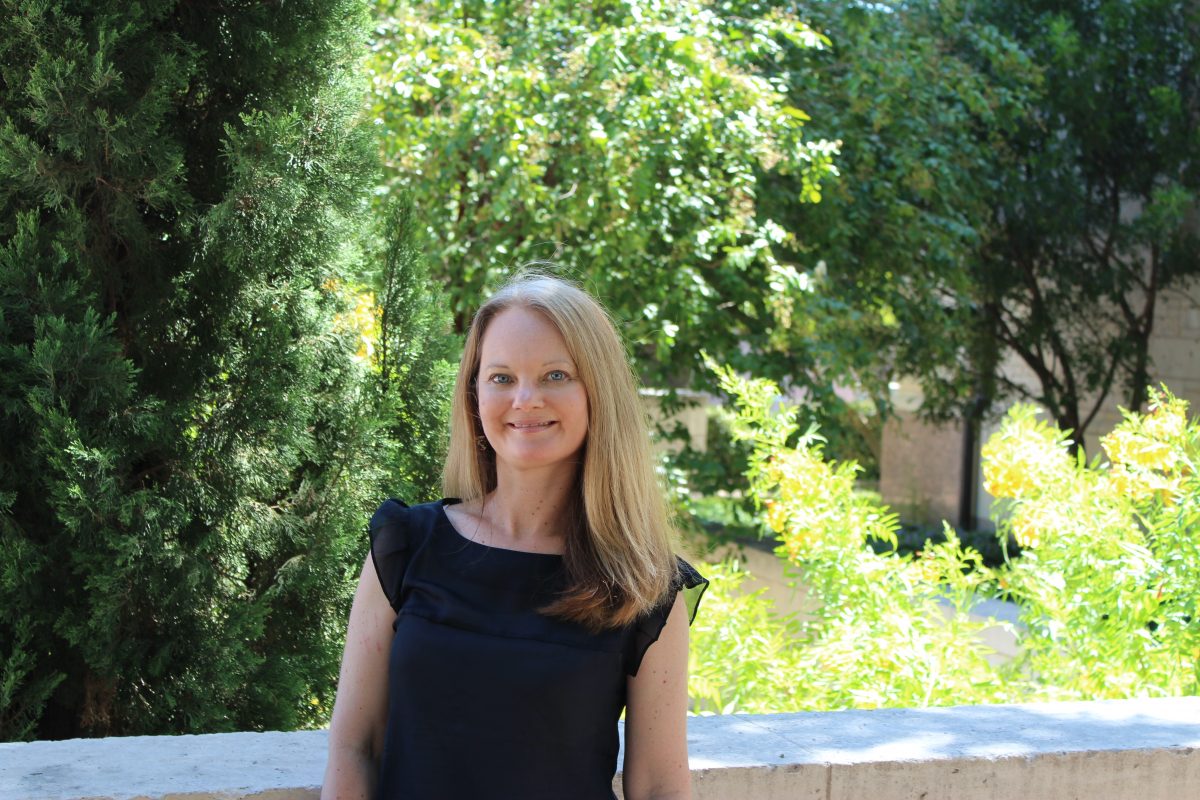After a quiet summer, campus is once again bustling with activity as faculty and students prepare for a new academic year. It may still feel like the dog days of summer outside, but soon enough the campus sidewalks will be filled with groups of students and there will be a foreboding line at the Starbucks in the new Student Activity Center. Many of these students will be taking at least one large enrollment (100+ students) course, either as preparation for upper division courses in their major or to fulfill a core requirement.
These large enrollment courses are a staple of the UT Austin curriculum, yet they present big challenges to both students and instructors. Instructors struggle to motivate students to stay on track, to get students to identify problem areas and seek help, and often just to come to class and pay attention. Students, on the other hand, often feel anonymous and invisible in such large classes. They struggle to manage their time effectively, develop good study strategies, and to use effectively the learning tools and resources provided in the course.
At UT Austin, faculty and administrators are thinking hard about how to improve student learning experiences in large enrollment courses. Our primary aim is to increase student engagement, to convert passive listeners of information into active learners and constructors of knowledge. In some sense, the solution to improving student learning is a simple one: quality time on task. The more quality time a student spends engaging with the content of a particular course, the better they learn the course content. The challenge in a large enrollment class is finding ways to give each student substantial and frequent individual feedback on their learning behaviors. Without this regular and meaningful feedback, students assume that their strategies (e.g. cramming for exams, skipping class) will be successful and are shocked when they are not.
As instructors, we are able to adapt our in-class presentations to our audience much more effectively when we get a reliable sense of what they do and don’t understand (through student response systems such as i>Clickers). One pedagogy that faculty are experimenting with is called “the flipped class” or “blended learning” (click here for a short video about my flipped class).
In basic terms, the flipped class model allows faculty to spend class time on clarifying misunderstandings and helping students apply what they already know. Instead of listening to an instructor lecture for 75 minutes, students might listen to a bit of lecture and then analyze, make connections to other material, and explain their views to a classmate. I’ve written a short essay about my Introduction to Ancient Rome class (see also Dr. Penne Restad’s approach to American History).
By incorporating a mix of classroom technologies like i>Clickers and the Echo360 Lecture Capture system as well as short, graded quizzes, practice quizzes on Blackboard, a discussion board, and worksheets for the ethics case studies, I saw substantial increases in both the amount and quality of student learning in the class. It took a lot of work from me and the rest of my teaching team (four teaching assistants and two graders), but the results were well worth it: engaged, interested students who became true learners rather than mere consumers. I’ll be teaching Intro to Rome again this fall, with a few small tweaks, and am looking forward to another busy but stimulating semester with 400 venturesome students.
The flipped class model has a lot of potential for improving student learning in large enrollment classes around the College of Liberal Arts. This is especially true as liberal arts faculty begin to make more use of the technologies that allow for pre-recording short lectures that students can watch at home, before class. In some cases, a faculty member will pre-record a select number of lectures with the sole intention of flipping his campus course. In other cases, a faculty member will adapt some of the recorded content from her UTx MOOC to use in her campus course.
As we continue the process of adapting our courses for a range of different delivery modes — UTx, Canvas, live streaming, — it will make increasing sense to “flip” or “blend” campus courses, especially those that have traditionally been lecture-based. This won’t be easy to do, of course. Recording the content lectures is the easy part. The challenges for faculty instructors include re-learning how to run a class session that focuses on active learning; re-thinking how we evaluate student learning; and learning how to set up our courses to incentivize students to learn and practice successful learning strategies. Students will also have to adapt to a new set of expectations, and instructors will need to devote substantial time to teaching students how to be active and self-regulated learners. The payoff, though, is significant: students who will have a clear understanding of what it takes to be a successful at UT Austin, beginning with their first semester of college.
Jennifer Ebbeler is an associate professor of classics at The University of Texas at Austin. She is the author of “Disciplining Christians: Correction and Community in Augustine’s Letters” (Oxford University Press, 2012).
